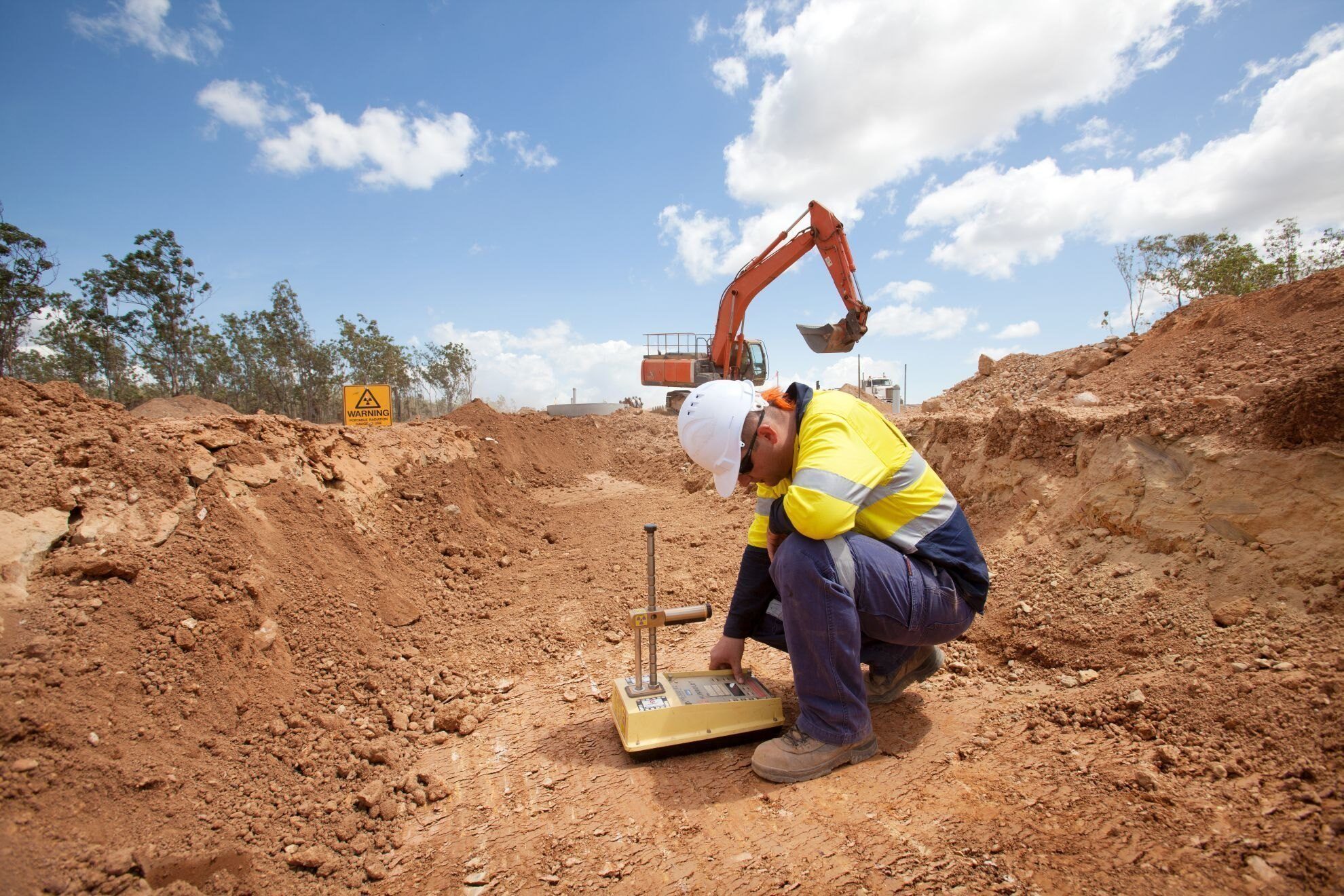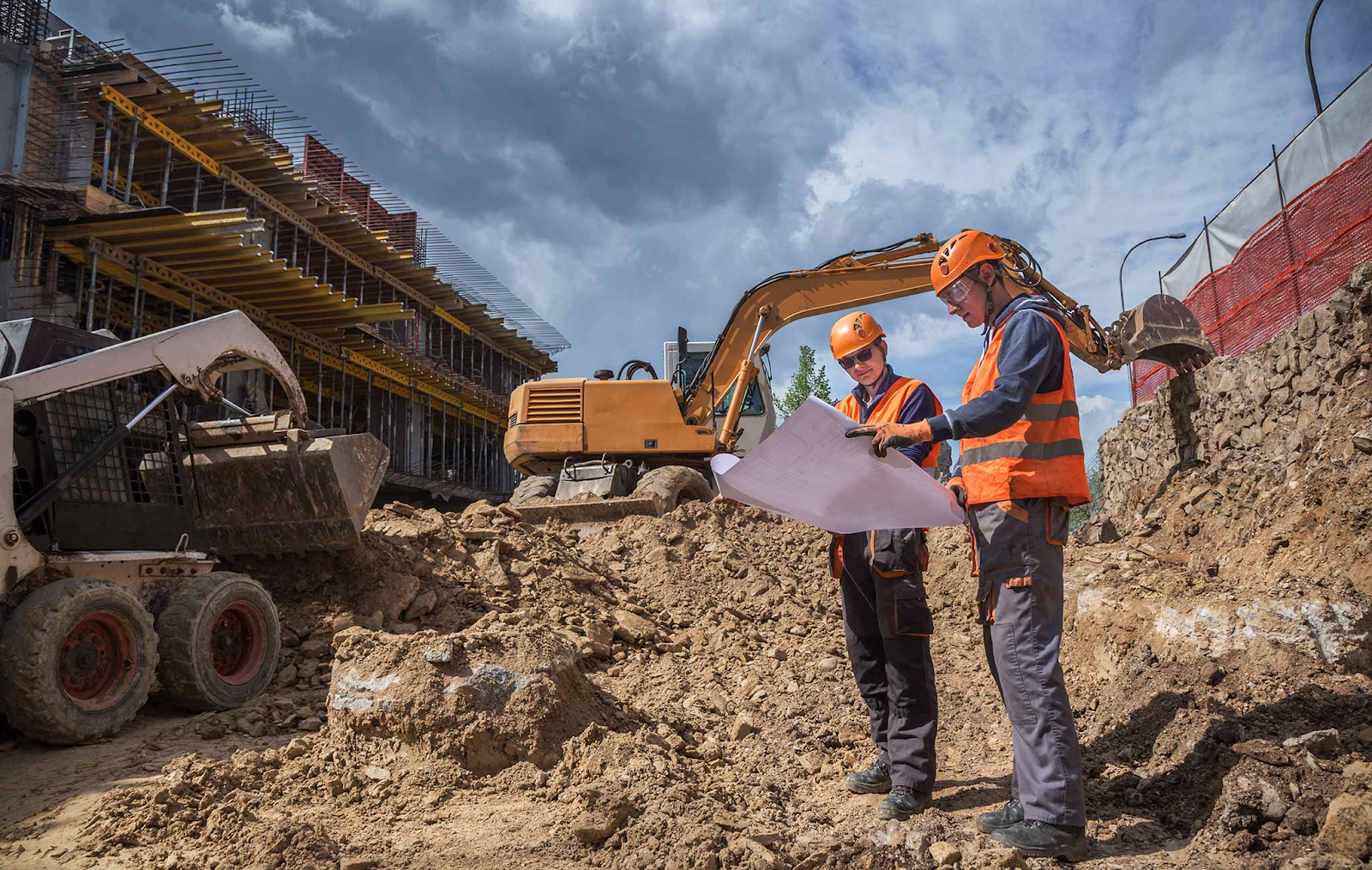Geotechnical Engineering For Construction Projects Can Be Fun For Everyone
Geotechnical Engineering For Construction Projects Can Be Fun For Everyone
Blog Article
The Definitive Guide for Geotechnical Engineering For Construction Projects
Table of ContentsThe Ultimate Guide To Geotechnical Engineering For Construction ProjectsThe Best Strategy To Use For Geotechnical Engineering For Construction ProjectsThe Facts About Geotechnical Engineering For Construction Projects UncoveredUnknown Facts About Geotechnical Engineering For Construction ProjectsNot known Facts About Geotechnical Engineering For Construction Projects
During the investigation, it is essential to pierce at the required depth and the called for number of openings as per the suggestion of the Canadian Structure Style requirement. Occasionally, the owner may save some Geotechnical Examination expense yet finish up spending greater than the prepared for during the construction cost.The obligations of the geotechnical specialist involve offering product screening for building and construction support. Geotechnical Engineering for Construction Projects. Geotechnical designers analyse all the field examination records to guarantee that construction is taking place according to the task spec. During building, a confirmatory test for dirt compaction is done on-site to ensure that no future settlement occurs
After the concrete is poured -7 days and 28 days- examinations are carried out on concrete samples collected from the website to make sure that the concrete poured meets the design requirement. Asphalt core is taken after the Asphalt is laid and compressed to validate that it fulfills the design standard. All laboratory examination records are analysed by the Geotechnical Engineer to make sure that it meets the job spec.
More About Geotechnical Engineering For Construction Projects

Geotechnical engineering plays a vital function in making sure the security of building tasks. Geotechnical engineering is a crucial branch of civil engineering that focuses on recognizing the practices of planet materials, such as soil and rock.

For a trustworthy structure and a smooth building process, depend on to supply the competence you require. Call to obtain professional recommendations and geotechnical solutions tailored to your next task.
The Definitive Guide to Geotechnical Engineering For Construction Projects
When starting a land development project, understanding the ground beneath your feet is as important as the frameworks you intend to develop above it. Our Geotechnical Engineering group evaluate the ground, ensuring it is ideal for the recommended advancement while supplying you with the details needed to fulfill your job goals.
Geotechnical Design considers the development of the ground, as it is the structure obstructs for all jobs. Where frameworks require to be made with regard to the ground conditions; ground conditions (e.g., soft ground) might call for enhancing relying on the dimension of the intended framework. Before building, you need to learn about the groundwater, soil structure, and liquefaction possibility of your land.
For sites that are not attached on the neighborhood authority framework additional site investigations would be called for to provide technological inputs for on-site stormwater and wastewater. We have experienced Geotechnical Engineers based in each workplace, sustaining your geotechnical requirements nationwide. Get to out to us to review just how we can support your following project.
These reports are tailored to fulfill the details requirements of a project and include style parameters and recommendations for the construction of a variety of man-made structures. As well as supplying consultancy services covering locations such as incline security and load-bearing abilities for different products, these check this engineers embark on research study and growth tasks to enhance methods, tools, products expertise and analysis covering whole lifecycles.
How Geotechnical Engineering For Construction Projects can Save You Time, Stress, and Money.

Nonetheless, rates of pay usually raise as your knowledge and abilities grow, with guidelines indicating a graduate beginning salary of in between 18,000 and 28,000 each year in the UK. This increases to 26,000 to 36,000 with a couple of years of experience and then getting to 40,000 to 60,000+ for senior, legal or master engineers.
Nonetheless, with the appropriate application it is feasible to understand the occupation and gain entrance to a challenging yet fulfilling and important occupation. A rock hound would certainly require to re-train to end up being a geotechnical designer, although there is lots of cross-over in between both professions, which might make this much easier - Geotechnical Engineering for Construction Projects. Rock hounds need to have an understanding of dirts, rocks and other materials from a scientific viewpoint, while geotechnical designers story their knowledge of issues such as soil and rock mechanic, geophysics and hydrology and use them to design and environmental projects
When starting out, these engineers will certainly often tend to work on less complicated tasks, accumulating expertise and pop over to this site experience prepared for even more challenging job later on. Geotechnical designers have a tendency to be experts in specific areas as they grow in experience, concentrating on specific frameworks such as railways, roadways or water. These engineers likewise deal with renewable energy, offshore and onshore oil and gas, nuclear power, and extra.
The Single Strategy To Use For Geotechnical Engineering For Construction Projects
The time taken to become a geotechnical designer depends on where you are based, where you research study and what level of education and learning you desire to achieve prior to going into the work environment. Generally-speaking it takes 3-4 years to get to the standard needs to start an occupation as a geotechnical engineer.
These operations make it possible for specialists to analyze a host of soil mechanics consisting of weight, porosity, void-to-solid bit proportion, leaks in the structure, compressibility, optimum shear stamina, birthing ability and contortions. If the structure needs a deep foundation, you can check here engineers will certainly use a cone penetration test to approximate the amount of skin and end bearing resistance in the subsurface.
When evaluating an incline's balance of shear tension and shear strength, or its ability to stand up to and undergo movement, rotational slides and translational slides are typically considered. Rotational slides stop working along a curved surface area, with translational slides taking place on a planar surface. A professional's objective is to establish the problems at which an incline failure could happen.
Typically, findings suggest that a site's dirt must be dealt with to improve its shear strength, rigidity and permeability prior to style and construction. When it comes time to set out foundation strategies, experts are progressively concentrated on sustainability, more specifically just how to minimize a structure's carbon impact. One technique has been to change 20 percent of a structure's cement with fly ash, a waste product from coal fire power plants.
Report this page